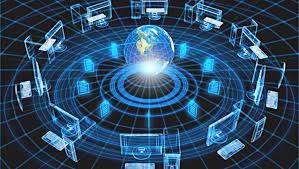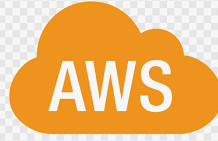Digital communication is the physical transfer of data over Point-To-Point or Point-To-Multipoint communication channel. It is transfer of discrete messages. Digital communication plays a vital role in today’s electronic world.
Examples of such channels are copper wires, optical fibers, wireless communication channels, storage media and computer buses. The data are represented as an electromagnetic signal, such as an electrical voltage, radio wave, microwave, or infrared signal.
Analog or analogue transmission is a transmission method of conveying voice, data, image, signal or video information using a continuous signal which varies in amplitude, phase, or some other property in proportion to that of a variable. The messages are represented by a sequence of pulses by means of a line code (baseband transmission), or by a limited set of continuously varying waveforms (pass band transmission), using a digital modulation method.
Uses of communication:
Digital communication provides a seamless experience to customers and stakeholders – By eliminating the need for time-consuming face to face interactions, digital communication in various forms such as AI, Chabot’s and automation, makes it easier for customers to reach out to organizations at a time that is convenient.
What is the process of communication?
A digital communication system consists of six basic blocks. The functional blocks at the transmitter are responsible for processing the input message, encoding, modulating, and transmitting over the communication channel. Thus, the channel encoder aids the receiver in decoding the desired information sequence.
What are the types of communication system?
If any of these is digital, for our purposes it is considered as communications system. There are four possible combinations of data and signal types: Analog data, analog signal; ——Digital data, digital signal.
Benefits of communication in the workplace:
- Enhanced employee engagement and empowerment.
- Employees are able to work better and faster.
- Organizations can create and reinforce a shared purpose and values.
- Remote working is here to stay.
- A collaborative culture to drive success.
Disadvantage of Digital Signals :
Processor speed is in limit. Develop quantization and round-off errors. Systems and processing is more complex. A high bandwidth is required for data communication.
What are the characteristics?
- Expanding at a Rapid Rate.
- Encourages Innovation in Creative Expression.
- Can Reach New Audiences.
- Uses Web Code As a Tool.
What are advantages ?
The effect of distortion, noise, and interference is much less in digital signals as they are less affected. Digital circuits are more reliable. Digital circuits are easy to design and cheaper than analog circuits.
What are the six categories of communication tools?
The six main channels include search engine marketing, social media marketing, email marketing, display advertising, public relations and partner marketing.
What are four forms of communication?
- The Internet and Email.
- Cell Phones.
- High-Definition Television.
- Other Electronic Communication.
- Physical Digital Media.





